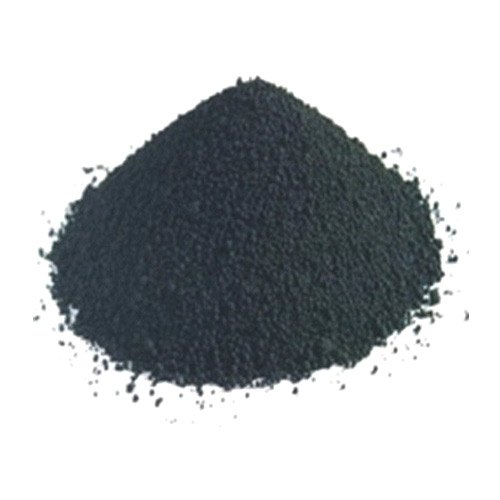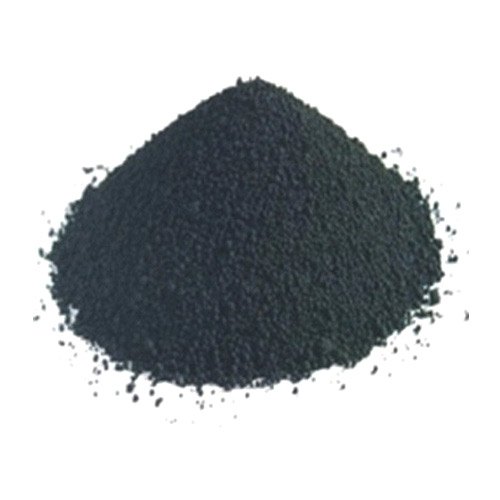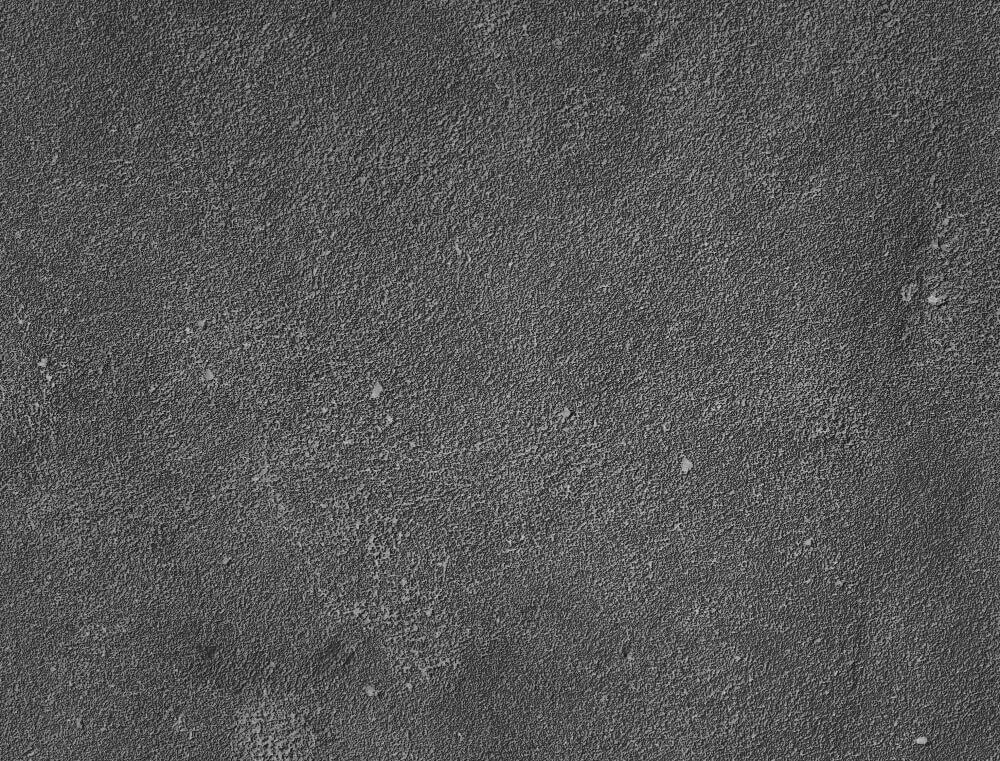What is graphite cement?
Graphite cement is a paste-like material that links graphite with a 100% carbonaceous connection. It rests securely at temperatures up to 5000ºF (Approx.2700ºC) in sluggish atmospheres. Before you apply the graphite cement, be sure you appropriately clean and prepare the surfaces supplied by the Graphite Cement Manufacturer. Once smeared, it should be preserved at 260ºF for five hours. Once the jointed pieces are taken over a full heat cycle, the cemented joint is about 99% pure carbon. When the graphite cement is appropriately applied and cured, the joints are often stronger than the substrate.
Uses of graphite cement supplied by the Graphite Cement Manufacturer in Mumbai
Now that you recognize this unique graphite application’s strengths (literally), you probably want to recognize how and when to use it. For starters, you can use graphite cement for connecting carbon brick or making large monolithic graphite structures from smaller gears. It’s a great material for fixing cracked trays, dies, jigs, and fixtures. It can also be used to protect lids to capsules, patch holes, and fix spalls and scratches. Graphite cement can even be used to join sight tubes and pouring spouts, set moulds and dies, seal plugs, repair subsectors, join carbon foam and felt, and fix broken resistance heating components. It turns out there isn’t much this material can’t do!
How to prepare graphite cement
Before using this astonishing graphite product, be sure you do these essential preparations. First, carefully clean the surfaces to be joined. Make sure to eliminate graphite dust, as it might interfere with the proper bond. The graphite or carbon to be combined should be fully dried before you apply the graphite cement. Now, to the product itself.
Graphite cement should be stored in a refrigerated area, but to use it, an adequate amount of time must be allowable for the cement to reach room temperature. Mix the cement rendering to directions before use. The cement should be functional in both areas to be cemented. It’s okay, and even optional, to add extra cement to allow it to squeeze through the ends. If you apply too much, the extra cement can always be detached once cured with sandpaper, steel wool, or actual machining processes. Once preserved, the material is completely machinable, and the joint is usually stronger than the material joined.
Curing of the Graphite Cement
The cemented joint must be cured at 260ºF for five hours. While curing smaller parts is effortlessly done in ovens, furnace linings and other big shapes are cured in place, normally with process heat. When curing is complete, the graphite cement will function at any anticipated temperature, just like the joined pieces.
It’s significant to note that the cured joint will have all the powers and limitations of regular graphite. That means that, as with any other graphite stuff, graphite cement will oxidize at approx. 700℉ in an oxygen environment. Above 700℉, the graphite fixtures/graphite cement should function in a vacuum or controlled atmosphere.
Just as most families find it extremely useful to keep around a tube of super glue, any manufacturer using graphite products in its shop will find it valuable to keep around and know how to use graphite cement.



